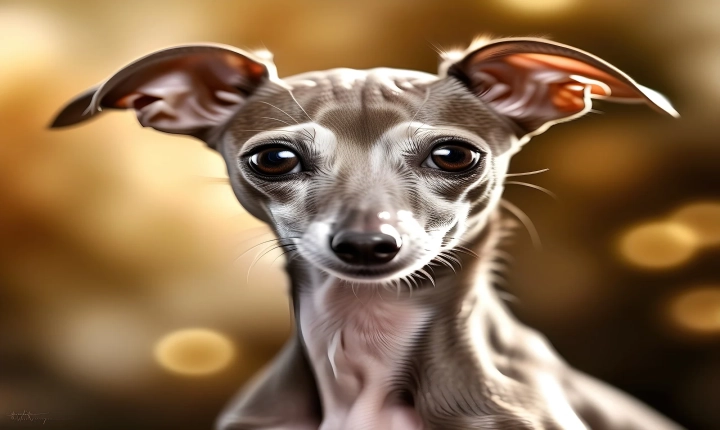In recent years, there has been a growing interest in the intersection of art and technology, particularly in the realm of artificial intelligence (AI). The use of AI in art creation has opened up new avenues for artists and designers to explore, offering exciting opportunities for innovation and collaboration. With the advancements in AI technology, creating art using AI has become more accessible and engaging than ever before.
One of the most fascinating aspects of AI art is the ability to generate new and unexpected ideas by leveraging the power of machine learning algorithms. These algorithms can analyze vast amounts of data and recognize patterns, which can then be used to inform the creation of unique and original artwork. Through this process, AI can assist in generating novel concepts, visual styles, and aesthetic inspirations that may not have been explored otherwise.
So, how can one create art using AI? Here are a few approaches that demonstrate the diverse ways in which AI can be harnessed to produce creative works:
1. Generative Adversarial Networks (GANs): GANs are a type of AI algorithm that consists of two neural networks pitted against each other – a generator and a discriminator. GANs have been used to produce mesmerizing and dynamic artworks, such as generating compelling images, animations, and even music.
2. Style Transfer: Style transfer algorithms enable artists to apply the visual characteristics of one image onto another, resulting in the creation of hybrid, surreal, and captivating compositions. This technique allows for the fusion of different artistic styles, enabling endless possibilities for experimentation.
3. Data Visualization: AI can be utilized to analyze and interpret complex sets of data, converting them into visually stunning and informative art pieces. Data visualization through AI can help in understanding and communicating intricate concepts in a visually engaging manner.
4. Interactive Art: AI technology can support the development of interactive art installations and experiences, where the artwork responds and adapts to the viewer’s input or surroundings. This can result in immersive and participatory artworks that blur the lines between the digital and physical realms.
5. Collaborative Art: AI can act as a creative collaborator, assisting artists in the ideation and production process. By leveraging AI tools, artists can explore new artistic methods, expand their creative scope, and even co-create with AI systems to generate innovative and unexpected outcomes.
As AI continues to evolve, it will undoubtedly influence and reshape the landscape of art creation and appreciation. However, it is essential to acknowledge the ethical considerations and implications of integrating AI technology into the art world. Questions regarding authorship, ownership, and the role of AI as a creative partner will need to be addressed as AI-generated art becomes more prevalent.
Ultimately, creating art using AI offers a compelling fusion of technology and creativity, paving the way for a dynamic and ever-evolving artistic landscape. The endless possibilities and tools provided by AI present an exciting opportunity for artists to push the boundaries of traditional artistic expression and embark on a journey of exploration and discovery. Whether collaborating with AI as a tool or using it to inspire and inform their creative process, artists can harness the power of AI to unlock new realms of artistic potential.
